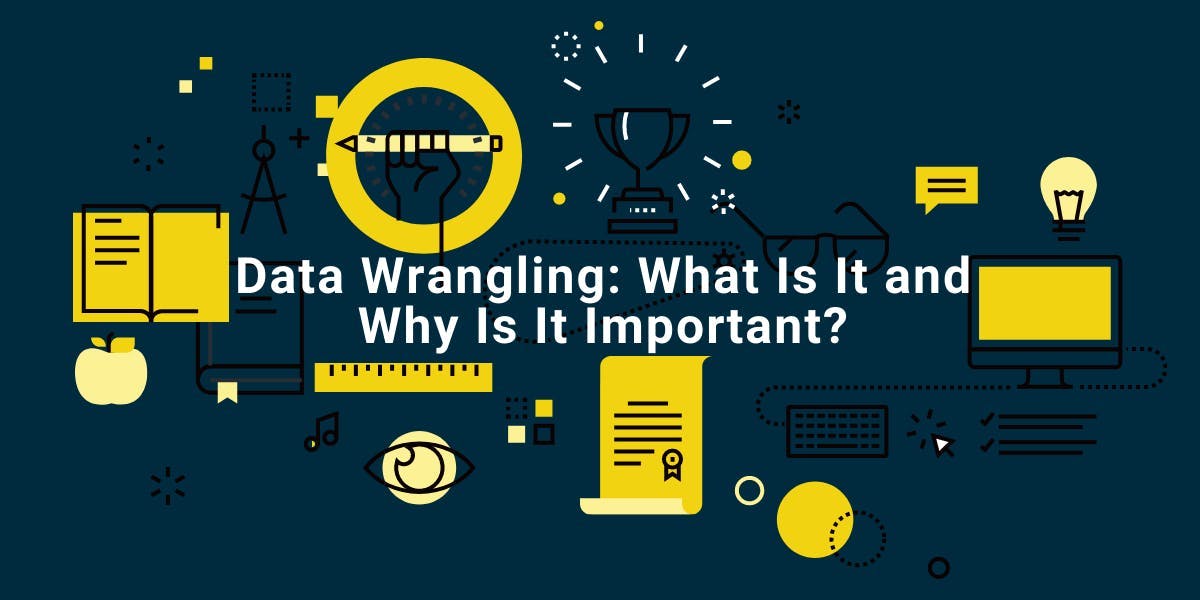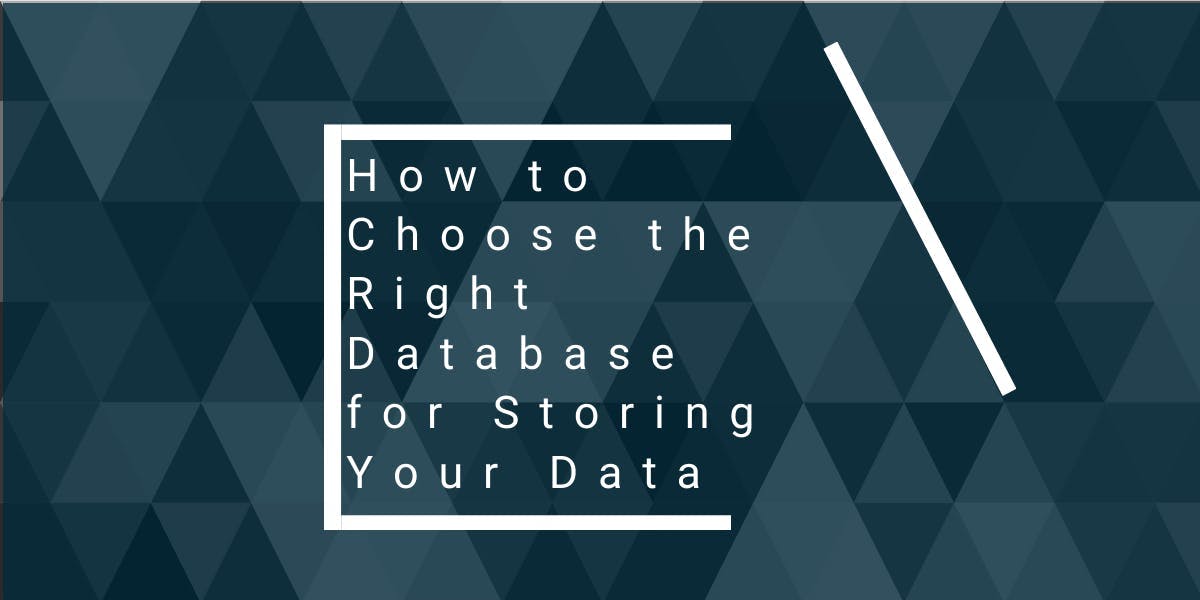Data Wrangling: What Is It and Why Is It Important?
Flipnode on Apr 10 2023

Many companies rely on public data to inform their strategic decisions, but extracting valuable insights from this information can be difficult. Typically, the public data collected by these companies is in its raw form, requiring a process known as data wrangling to make it usable. This article delves into the importance of data wrangling for data-driven decision making, as well as outlining the key steps involved in the process
What is data wrangling?
The process of restructuring and cleaning raw data into a more organized format is commonly known as data wrangling or data preparation. This step is crucial as it helps data analysts speed up the decision-making process. The exact methods of data wrangling may vary based on the size and format of the data, as well as the desired outcomes. Data cleaning is a significant part of this process, often requiring manual attention.
According to Forbes, data specialists devote around 80% of their time to preparing and managing data for analysis.
Steps of data wrangling
Although the data wrangling process often demands a customized approach to ensure a useful and readable final dataset, six standard steps typically apply. These basic steps can help prepare unprocessed public data for analysis.
Discovery
The initial step in data wrangling is to gain an understanding of unprocessed data. This involves getting familiar with the raw information to enable data analysts to conceptualize its potential use. This step is essential since data analysts can detect patterns and identify issues that need to be resolved before proceeding with subsequent steps. Examples of issues that may be uncovered during this step include missing or incomplete values.
Structuring
Extracting raw public data from multiple sources often results in unusable data due to the absence of a definite structure or schema, making it difficult to work with. To make this data more readable, data analysts need to transform it into a structured format. However, to avoid this step, there are advanced data collection tools that gather structured data from the outset.
Cleaning
The primary objective of this step is to eliminate any remaining issues or address all the errors found. Unforeseen problems can skew the final analysis outcomes, which is why this step demands careful attention to detail. Data cleaning involves basic tasks such as deleting empty rows or cells, eliminating outliers, standardizing inputs, and so on.
Enriching
The following step involves evaluating whether the data gathered is adequate to meet the initial objectives. In other words, it is crucial to determine if the data offers useful insights. If data analysts conclude that it does not, they must enhance the dataset by incorporating values from other sources. It is critical to repeat the aforementioned steps for any additional information.
Validating
The process of validation typically involves the use of automated procedures, and it requires programming skills. Its main objective is to confirm the accuracy and reliability of the data that has undergone processing.
Publishing
The last stage of the data wrangling process involves making the processed data available for analysis by other stakeholders. Data analysts often create a written report to facilitate its future usage.
The importance of data wrangling
Ensuring that data is accurate and complete is vital for effective data analysis. Inaccurate or incomplete data can lead to flawed insights and costly mistakes for businesses. This is where data wrangling comes in to minimize the risk by preparing information in a reliable state.
Manual data wrangling can be a time-intensive process, and companies often develop best practices to streamline the process. Therefore, it's essential to have a clear understanding of the data wrangling steps to identify areas that need improvement.
Data wrangling tools and techniques
Data analysts use a variety of tools for data wrangling, ranging from basic to sophisticated. Excel Spreadsheets are one of the most commonly used basic tools, while more advanced tools such as OpenRefine or Tabula are available as well. In addition to these tools, data analysts frequently utilize open-source programming languages such as R and Python for data wrangling. These languages provide a range of helpful open-source libraries and packages for the data munging process.
Data wrangling in Python
- Pandas: This library helps deal with data structures that have labeled axes. Data alignment can prevent common errors that may arise during the scraping process.
- Matplotlib: This library can help create professional graphs and charts, which are useful when preparing written reports. Visualization of information is crucial for others to understand the data more easily.
- NumPy: It provides various mathematical functions, random number generators, linear algebra routines, and more. The syntax of NumPy is simple for programmers from any background or experience level.
- Plotly: This library is similar to Matplotlib, as it is used for creating interactive graphs and charts.
Data wrangling in R
- Purrr is primarily utilized for validating data and creating functional operations on lists.
- Dplyr is an R package that is particularly beneficial for handling categorical data during data munging. With a consistent set of verbs, it helps data analysts overcome the most prevalent data manipulation obstacles.
- Splitstackshape is a useful tool that simplifies complicated datasets by separating concatenated data, stacking columns, and other similar actions.
- Magrittr streamlines the process of transforming scattered datasets into a more uniform format.
Although R and Python can expedite the data wrangling process, it still requires meticulousness and prudence when performing various operations, as highlighted earlier. It is a fundamental process that takes time but is indispensable
Conclusion
The process of preparing raw data for analysis is known as data wrangling, which generally involves six stages: discovery, structuring, cleaning, enriching, validating, and publishing. This process is vital as organizations could make incorrect data-driven decisions if they rely on incomplete or erroneous information. Data wrangling minimizes this risk by ensuring that the data used for analysis is reviewed and accurate.



